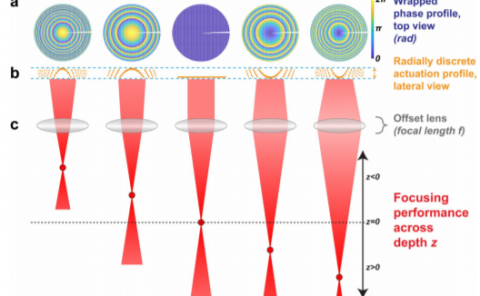Immersive VR and Embodied Learning: The Role of Embodied Affordances in The Long-term Retention of Semantic Knowledge
PubDate: May 2020
Teams: Pennsylvania State University
Writers: Mahda M. Bagher

Abstract
The design of immersive VR experiences (iVR) can be explored from several perspectives including but not limited to technical aspects necessary for the creation of the VR content, and the cognitively motivated design principles that are critical for creating user-friendly and efficient immersive experiences. To support learning and education through iVR, the later is crucial as effective learning cannot occur without a clear understanding of how human cognition and memory work, and how immersive experiences affect memory and cognition. As such, the embodied design of iVR, that adequately translates the knowledge of human cognition and memory into interaction mechanics, plays an important role in enhancing embodied immersive experiences in education and learning performances. The proposed research will investigate the role of two embodied affordances in enhancing embodied learning in iVR, specifically in terms of long-term retention of semantic knowledge: (1) Embodied Relative Reference Frame, and (2) Bodily Engagement.


